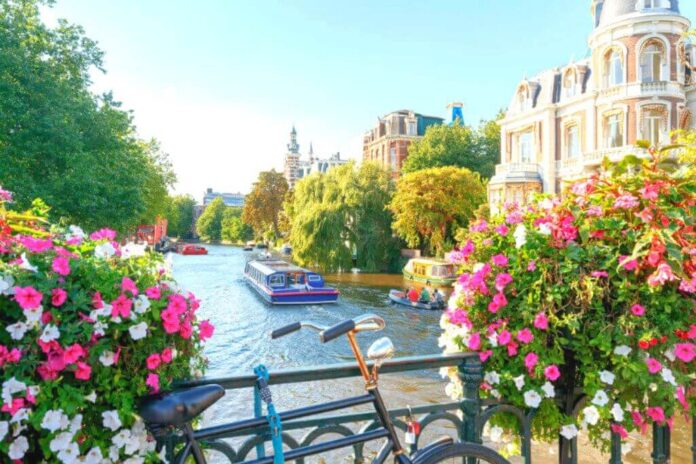The Netherlands is home to 12 UNESCO World Heritage Sites and is situated in the northwest of continental Europe. Here are the 12 Netherlands World Heritage Sites in the Netherlands you did not know.
1. Schokland: World Heritage Site since 1995
The interesting anomaly of Schokland stands out in the generally incredibly flat Netherlands. It is an elevated piece of land where people have lived for thousands of years. By the year 1000 AD, it had developed into a long, thin peninsula with a prosperous fishing colony.
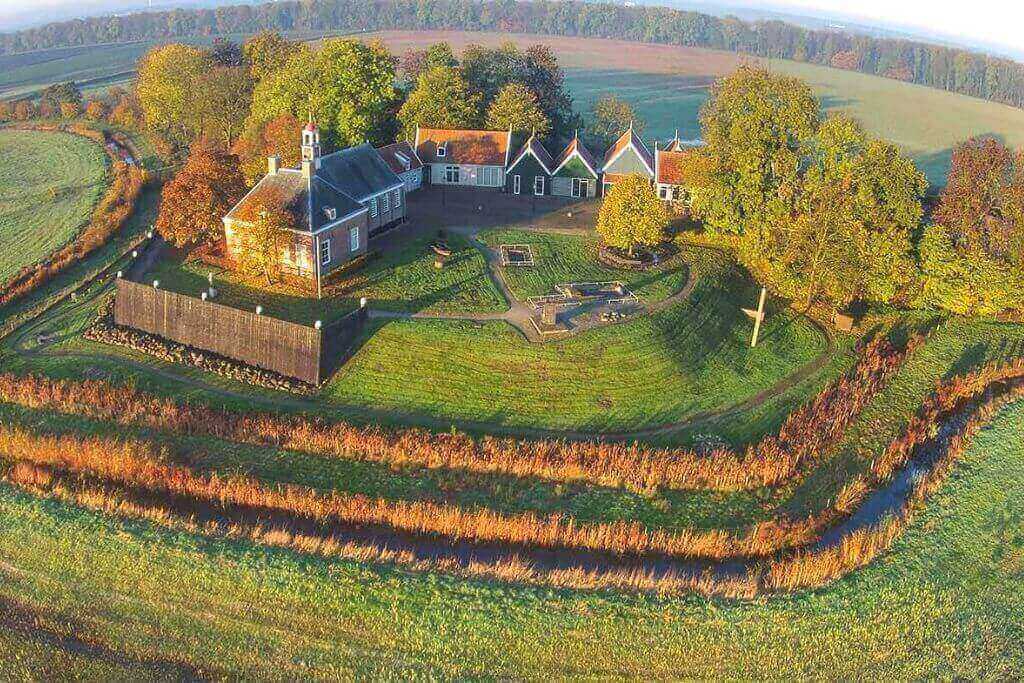
But by the 19th century, the neighborhood was in danger due to the threat of rising sea levels, and eventually, the peninsula was cut off from the mainland and transformed into an island. As the sea gradually encroached on the land, the population declined, floods caused damage to the town, and by 1859 the last remaining occupants had to relocate.
2. Dutch Water Defence Lines: World Heritage Site since 1996
The second Netherlands World Heritage Site is, as its name implies, similarly close to Amsterdam. The Stelling, as it is referred to in Dutch, is a ring of forts constructed around the nation’s capital to defend it against approaching troops.
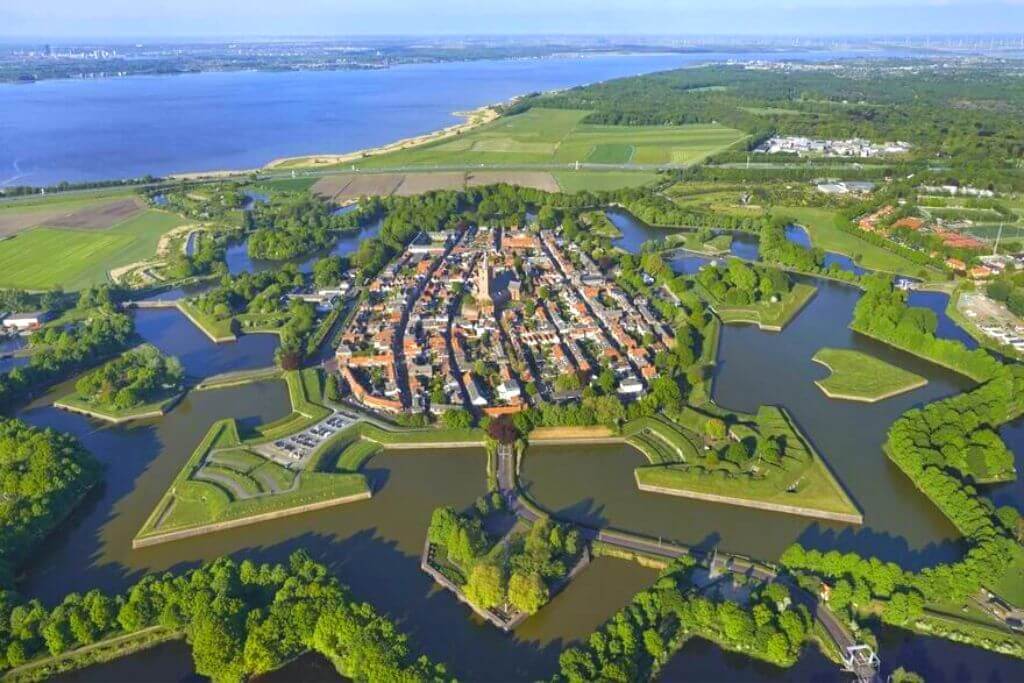
It was created in the 1880s, and during the following 40 years, it was built. Fortifications and other forms of defense were historically extremely prevalent around significant cities, but Amsterdam’s defense system is distinct because it is entirely reliant on water.
- Discover more All About Vondelpark, The Biggest Park in Amsterdam
The New Dutch Waterline was added to the current Amsterdam Defense Line by UNESCO in July 2021. The location is now known as “Dutch Water Defence Lines.” It now reaches all the way to De Biesbosch in the South.
3. Willemstad, Curaçao: World Heritage Site since 1997
In the southern Caribbean, on the island of Curaçao, which is still technically a part of the Netherlands, the city center of Willemstad is a remarkable UNESCO World Heritage Site. An outstanding illustration of a colonial trading town where you can clearly observe the numerous influences that shaped its development over the years is Willemstad.
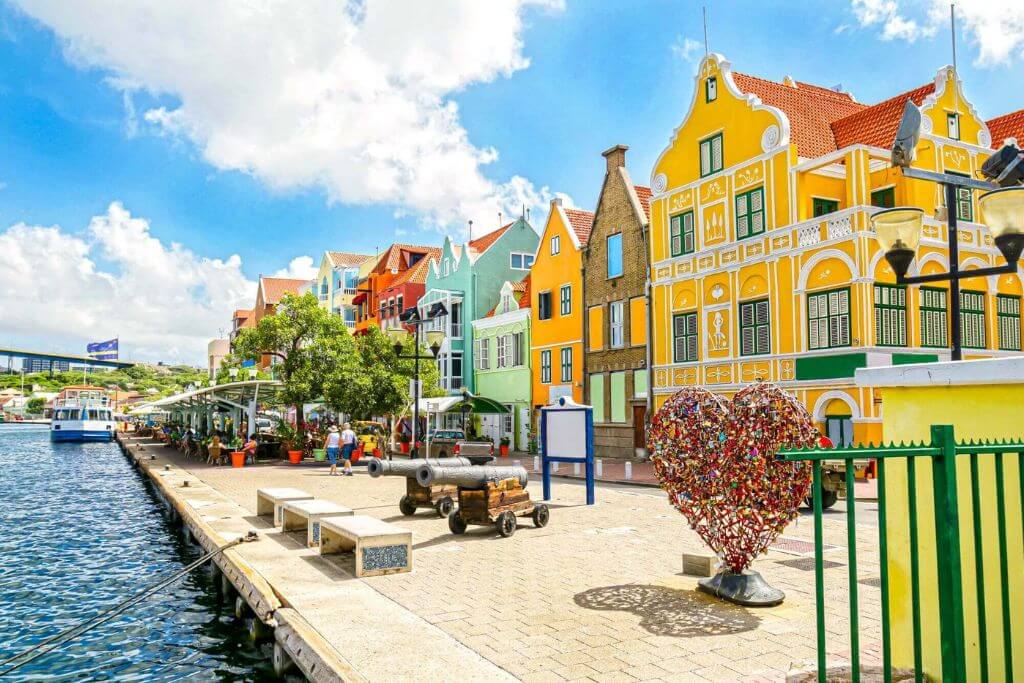
In terms of cultures and aesthetics, the city itself is a pretty fascinating fusion of European, Caribbean, Iberian, and Afro-American. The colorful structures, which date to the early 19th century, are among the most distinctive features. Buildings are a combination of green, red, yellow, and blue, with very few of the original white structures still standing.
4. The Kinderdijk windmills: World Heritage Site since 1997
The Windmills of Kinderdijk-Elshout, a lovely Dutch mill network, and a well-known man-made environment constructed between 1738 and 1740, are located in South Holland. The area is built with polders, embankments, and dikes, much like the Amsterdam Defense Line.
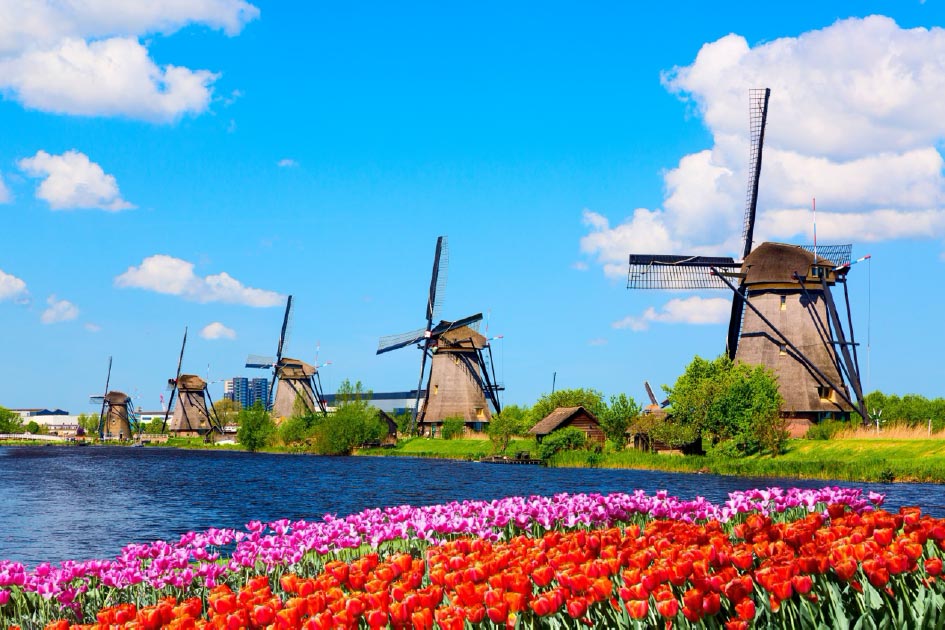
It works to drain the land using 19 drainage mills, three pumping stations, two discharge sluices, and two Water Board Assembly Houses. The oldest are generally kept dry by the turbines.
- Do you know Why Kinderdijk is The Heart of the Netherlands?
5. The D.F. Wouda Steam Pumping Station: World Heritage Site since 1998
The D.F. Wouda Steam Pumping Station, also known as the Ir. D.F. Woudagemaal in Dutch comes next on the list of UNESCO Sites in the Netherlands. The D.F. Wouda Steam Pumping Station, the largest steam-powered water pumping station ever constructed, is situated in the northern province of Friesland.

It was created to pump extra water out of the Friesland region and originally opened in 1920. Amazingly, despite its advanced age, it is still in use, but only occasionally for a few days each year for overflow pumping.
6. The Beemster Polder: World Heritage Site since 1999
The Beemster Polder, a stunning green area in North Holland, has been exceptionally carefully preserved since the 17th century. Actually, there used to be a lot more water here.
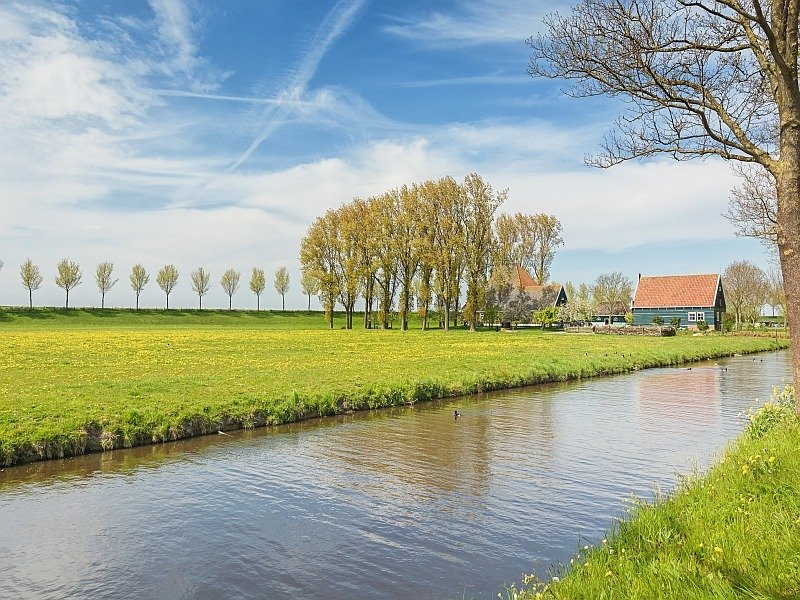
The Beemster Polder is indeed a sight to behold. Photo from Depositphotos
It is now an agricultural landscape with fields, roads, canals, dikes, and communities as a result of clever and meticulous planning.
Summertime excursions to Middenbeemster, a little rural town with horses, moats, a drawbridge, and a central market square, are likely to be enjoyable.
7. Rietveld Schröderhuis: World Heritage Site since 2000
Gerrit Reitveld created an amazing work of architecture in 1924 called the Rietveld Schröderhuis, which is located in Utrecht. Truus Schröder-Schräder, whose spouse has lately passed away, asked for it to be constructed.
Schröder was instrumental in the design process since she was clear about the simplicity, openness, and freedom she desired. She requested that there be no walls so as not to limit her or conceal the reality of her emotional life with her three children.
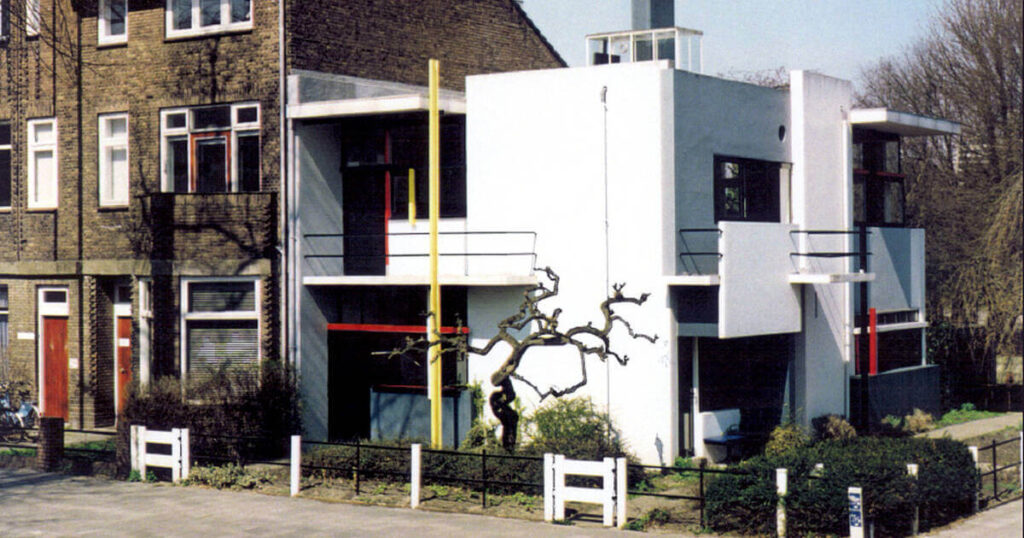
To reflect their newfound dedication to openness, she wants fluidity and a connection between the interior and the outside.
Up until her death in 1985, Mrs. Schröder resided in the home. The Rietveld Schröder House, an example of the Dutch aesthetic movement De Stijl, was renovated by Bertus Mulder, and it is now a museum where you can learn more about her life and the movement.
8. Wadden Sea: World Heritage Site since 2009
The Wadden Sea is the sole naturally occurring UNESCO World Heritage Site in the Netherlands and its final mainland World Heritage Site. The Wadden Sea is the biggest continuous system of intertidal sand and mud flats in the world, and it is a joint World Heritage Site with neighboring Germany and Denmark.
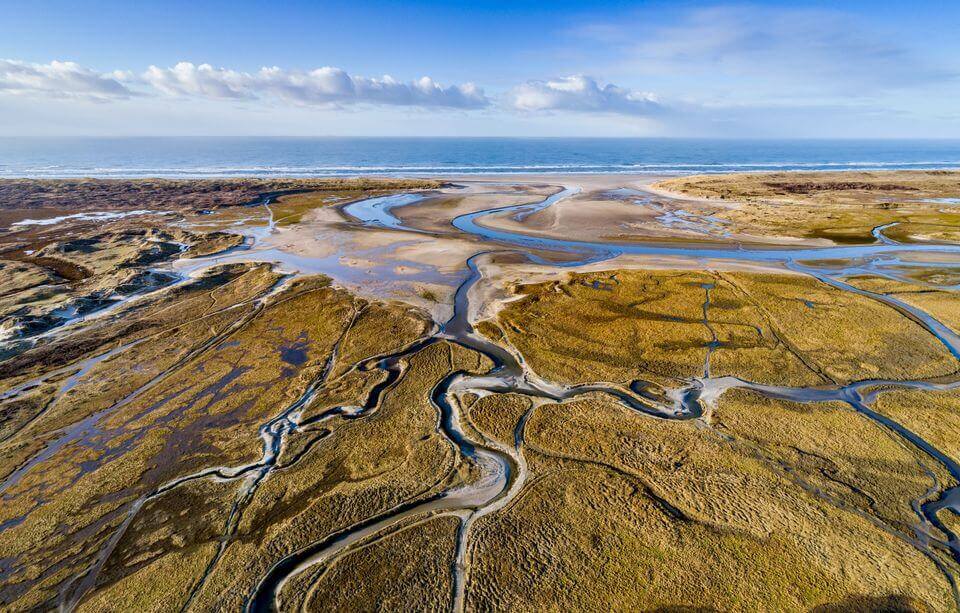
The Wadden Sea, which spans an enormous 1.15 million hectares (or around 11,500 square kilometers), is a significant coastal and marine habitat.
9. The Amsterdam canals: World Heritage Site since 2010
A major worry when your city is both on the coast and below sea level is flood control, and this new canal area, centered around the Herengracht, Keizersgracht, and Prinsengracht canals, allowed for both improvements in city defense and flood management.
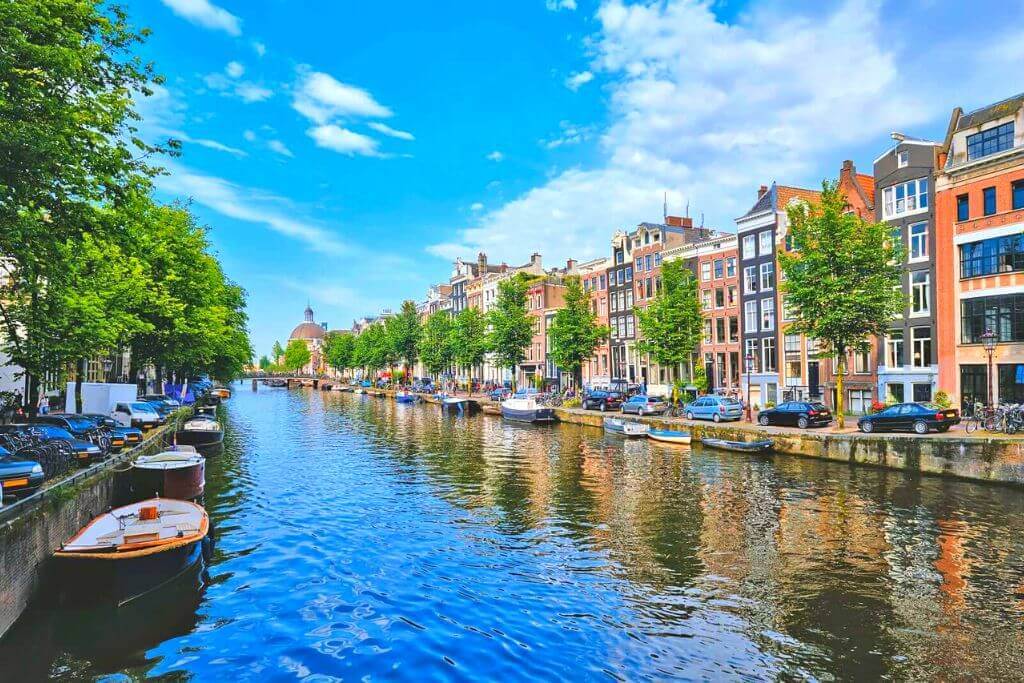
The canals are currently Amsterdam’s most well-known tourist destination, earning the appellation “Venice of the North” for the city.
10. Van Nelle factory: World Heritage Site since 2014
Rotterdam, the Netherlands’ second-largest city, is home to the nation’s next World Heritage Site. This World Heritage Site, a factory constructed in the 1920s, is located on the western outskirts of the city.
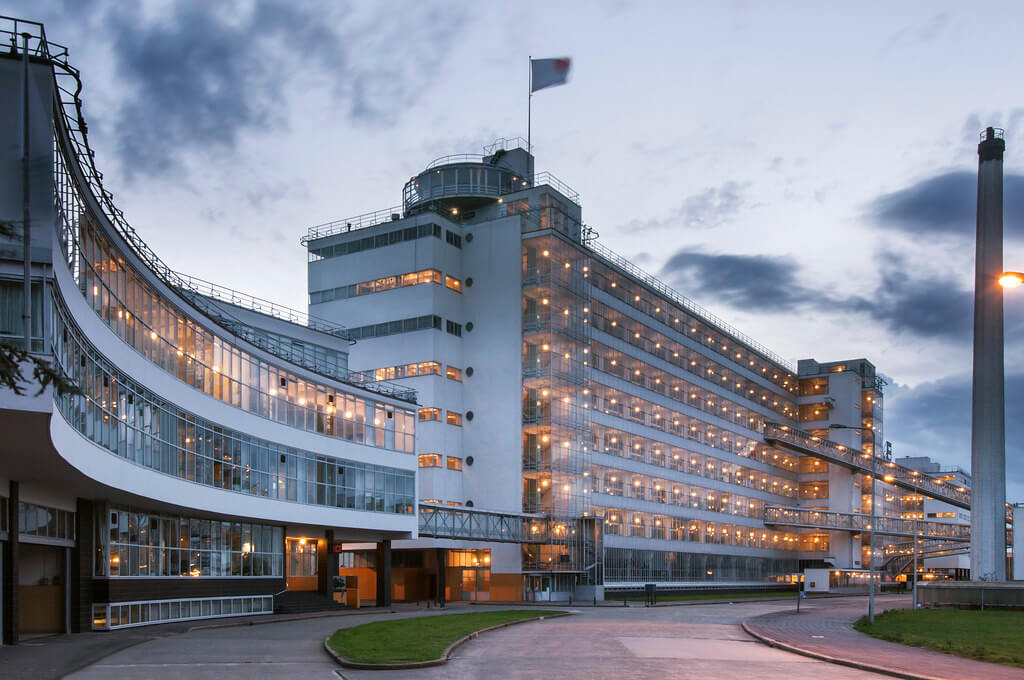
The Van Nelle Factory (or Van Nellefabriek in Dutch) is a striking spectacle of steel and glass, in contrast to the average factory, which is filthy, unattractive, and the last location you’d expect to find a UNESCO World Heritage Site.
11. Colonies of Benevolence: World Heritage Site since 2021
The so-called Colonies of Benevolence are the next World Heritage Site in the Netherlands. In July 2021, it was added to the UNESCO List.
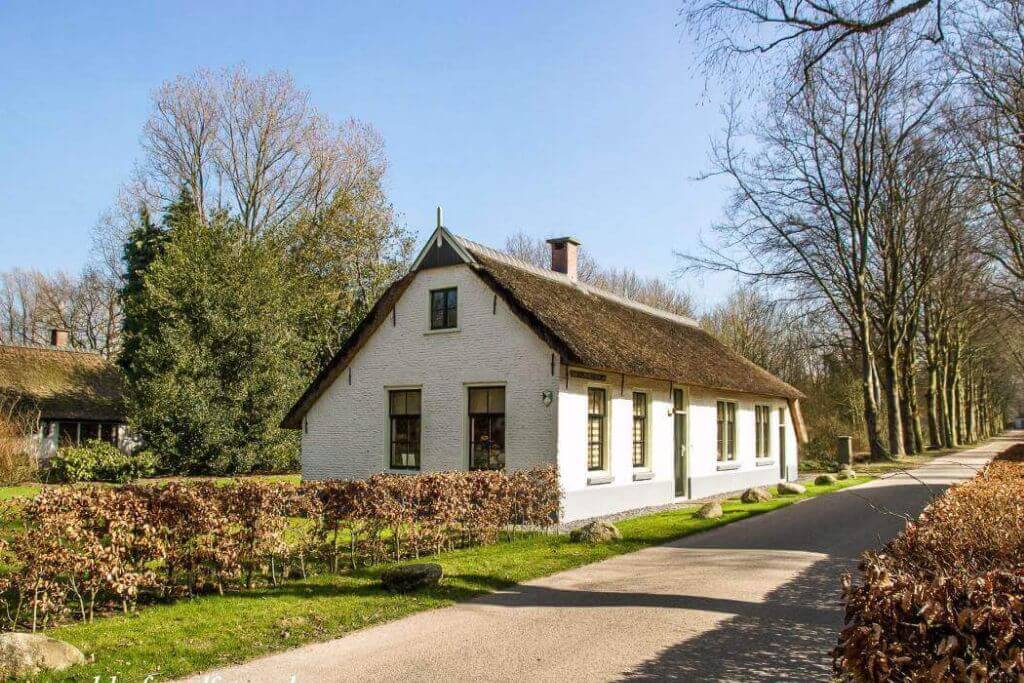
The Netherlands, which submitted three locations, and Belgium, which submitted one, split the nomination. The colonies in Frederiksoord and Wilhelminaoord as well as the “unfree” colony in Veenhuizen, are among the Dutch locations.
12. The Lower German Limes: World Heritage Site since 2021
The Lower German Limes were the final Dutch location to be included on the UNESCO World Heritage Sites List in late July 2021. This site spans 400 km from the Rhenish Massif in Germany to the North Sea coast in the Netherlands and comprises 102 distinct sites. It is situated in both Germany and the Netherlands.
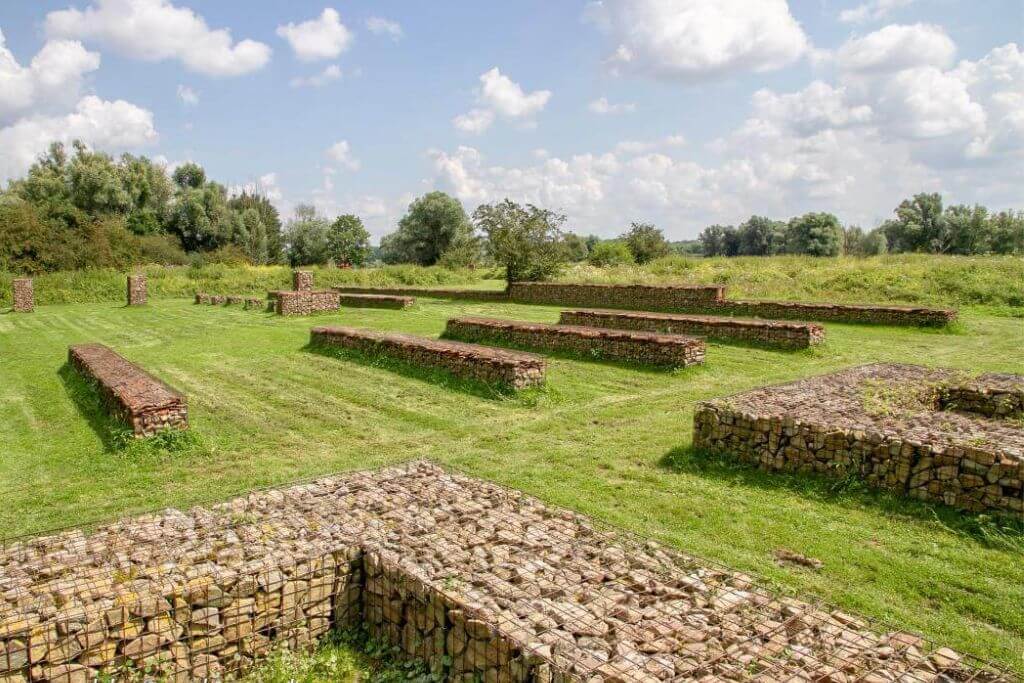
In reality, from the first through the fifth centuries AD, Lower Germany was bordered by the northernmost point of the Roman Empire. These are mainly abandoned buildings and archeological sites from towns, forts, towers, camps, roadways, harbors, and other structures. The Netherlands has a total of 39 sites.
Castellum Meinerswijk in Arnhem, Castellum Mannaricium near Maurik, Archeological park Matilo near Leiden, and Castellum Fectio near Bunnik are only a handful of the forts and towns whose ruins can be visited.
